Approval in principle for gas turbine-powered LNG carrier design
'Innovative and novel' LNG carrier design gets green light.
South Korea-headquartered GE Marine and China's Dalian Shipbuilding Industry Company (DSIC) have announced at the SMM 2014 maritime trade fair and exhibition that they have received approval in principle (AIP) for their jointly developed gas turbine-powered liquefied natural gas (LNG) carrier design.
According to Lloyd's Register, the AIP was sought for this LNG carrier because it is "an innovative and novel concept not covered by traditional classification rules".
It was late 2013 when the three companies initially announced the gas turbine LNG design and then set out to obtain AIP.
According to Brien Bolsinger, Vice President, Marine Operations, GE Marine, "With AIP in hand, we can now move into the final vessel design for construction and customers can feel confident in procuring a gas turbine-powered LNG carrier."
"This LNG carrier design will afford customers lower life cycle cost, better environmental performance and a high level of reliability. Employing GE Marine’s gas turbines will allow this LNG carrier to meet increasingly stringent worldwide environmental regulations, while providing owners and operators reduced operating expenses," Lloyd's Register said.
"We are pleased to see that GE/DSIC/Lloyd's Register design team has made milestone progress on this project. We continue to optimize the LNG carrier design to provide customers with a reliable, environmental, and efficient solution," said Yang Weizan, LNGC Technical Leader from DSIC.
According to Dr. Maogen Xue, Greater China Marine Manager, Lloyd's Register: "Through the collective experience of GE, DSIC and Lloyd's Register, along with our collaborative approach to technical challenges, we already have demonstrated that the concept of the COGES propulsion system can be successfully implemented for commercial LNG carrier applications."
"Lloyd's Register's AiP of the DSIC/GE-designed COGES LNG carrier marks another successful case for joint collaboration with key marine industry players to adapt new innovative ideas and technologies. We are confident that this propulsion concept, approved by risk-based approaches, can deliver highly competitive through-life benefits and environmental performance to ship operators," Xue added.
COGES Arrangement
It is envisioned that the initial LNG carrier design will be built around a GE gas turbine-based COGES (Combined Gas turbine Electric and Steam) system that will feature one 30-megawatt gas turbine generator set and one steam turbine generator set for power production. The carrier will allow for flexible configuration of prime movers, offering a total installed power of 32 megawatts (MW) to more than 50 MW, including back-up, if required, Lloyd's Register said.
The GE gas turbines can be equipped with a GE Dry Low Emissions (DLE) or single annular combustion system - both capable of meeting Tier III IMO/Tier 4 United States Environmental Protection Agency requirements now, operating on gas or liquid fuel, with no exhaust treatment and no methane slip.
Additional benefits to using GE Marine gas turbines for LNG carriers include low emissions, fuel flexibility, reduced maintenance costs, increased availability and reliability, Lloyd's Register said.
According to Lloyd's Register, the AIP was sought for this LNG carrier because it is "an innovative and novel concept not covered by traditional classification rules".
It was late 2013 when the three companies initially announced the gas turbine LNG design and then set out to obtain AIP.
According to Brien Bolsinger, Vice President, Marine Operations, GE Marine, "With AIP in hand, we can now move into the final vessel design for construction and customers can feel confident in procuring a gas turbine-powered LNG carrier."
"This LNG carrier design will afford customers lower life cycle cost, better environmental performance and a high level of reliability. Employing GE Marine’s gas turbines will allow this LNG carrier to meet increasingly stringent worldwide environmental regulations, while providing owners and operators reduced operating expenses," Lloyd's Register said.
"We are pleased to see that GE/DSIC/Lloyd's Register design team has made milestone progress on this project. We continue to optimize the LNG carrier design to provide customers with a reliable, environmental, and efficient solution," said Yang Weizan, LNGC Technical Leader from DSIC.
According to Dr. Maogen Xue, Greater China Marine Manager, Lloyd's Register: "Through the collective experience of GE, DSIC and Lloyd's Register, along with our collaborative approach to technical challenges, we already have demonstrated that the concept of the COGES propulsion system can be successfully implemented for commercial LNG carrier applications."
"Lloyd's Register's AiP of the DSIC/GE-designed COGES LNG carrier marks another successful case for joint collaboration with key marine industry players to adapt new innovative ideas and technologies. We are confident that this propulsion concept, approved by risk-based approaches, can deliver highly competitive through-life benefits and environmental performance to ship operators," Xue added.
COGES Arrangement
It is envisioned that the initial LNG carrier design will be built around a GE gas turbine-based COGES (Combined Gas turbine Electric and Steam) system that will feature one 30-megawatt gas turbine generator set and one steam turbine generator set for power production. The carrier will allow for flexible configuration of prime movers, offering a total installed power of 32 megawatts (MW) to more than 50 MW, including back-up, if required, Lloyd's Register said.
The GE gas turbines can be equipped with a GE Dry Low Emissions (DLE) or single annular combustion system - both capable of meeting Tier III IMO/Tier 4 United States Environmental Protection Agency requirements now, operating on gas or liquid fuel, with no exhaust treatment and no methane slip.
Additional benefits to using GE Marine gas turbines for LNG carriers include low emissions, fuel flexibility, reduced maintenance costs, increased availability and reliability, Lloyd's Register said.
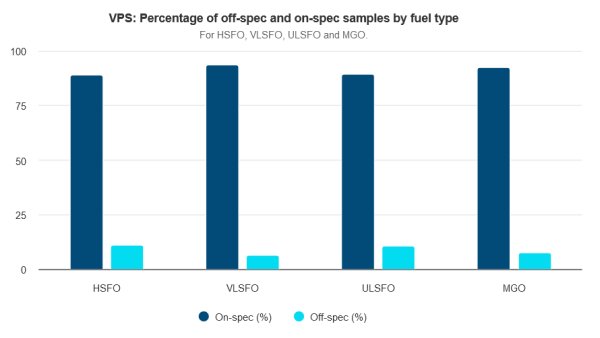
|
Is your vessel fully protected from the dangers of poor-quality fuel? | Steve Bee, VPS
Commercial Director highlights issues linked to purchasing fuel and testing quality against old marine fuel standards. |
|
|
|
||

|
GDE Marine targets Suape LSMGO by year-end
Expansion plan revealed following '100% incident-free' first month of VLSFO deliveries. |
|
|
|
||
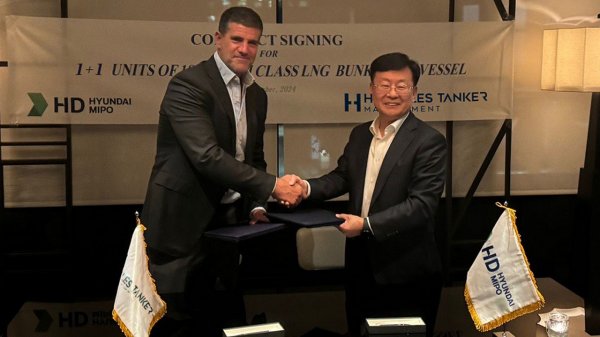
|
Peninsula CEO seals deal to build LNG bunker vessel
Agreement signed through shipping company Hercules Tanker Management. |
|
|
|
||

|
Auramarine supply system chosen for landmark methanol-fuelled tugs
Vessels to enter into service in mid-2025. |
|
|
|
||
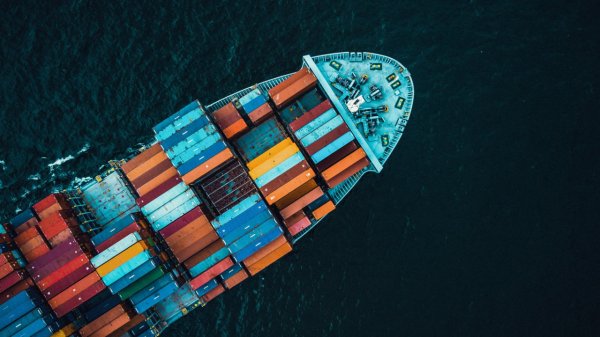
|
Rise in bunker costs hurts Maersk profit
Shipper blames reroutings via Cape of Good Hope and fuel price increase. |
|
|
|
||

|
Dan-Bunkering posts profit rise in 2023-24
EBT climbs to $46.8m, whilst revenue dips from previous year's all-time high. |
|
|
|
||
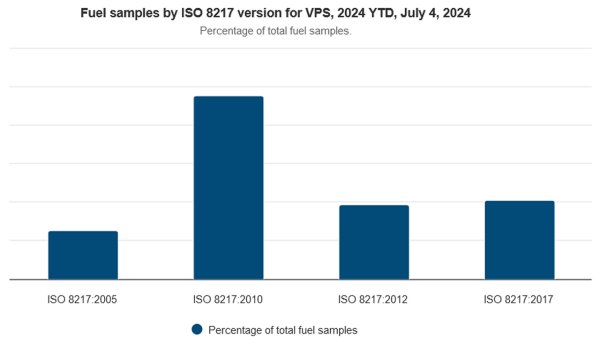
|
ISO 8217:2024 'a major step forward' | Steve Bee, VPS
Revision of international marine fuel standard has addressed a number of the requirements associated with newer fuels, says Group Commercial Director. |
|
|
|
||

|
EBT down 45.8% for Glander International Bunkering
CFO lauds 'resilience' as firm highlights decarbonization achievements over past year. |
|
|
|
||
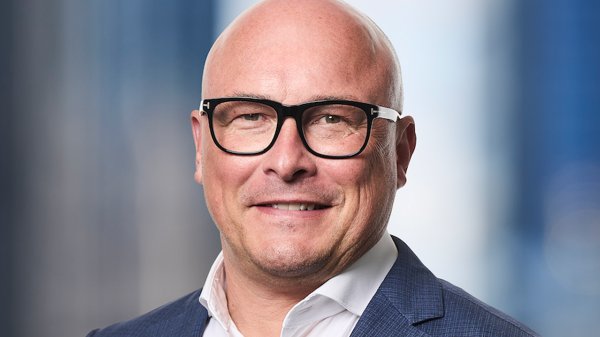
|
KPI OceanConnect posts 59% drop in pre-tax profit
Diminished earnings and revenue as sales volume rises by 1m tonnes. |
|
|
|
||

|
Delta Energy's ARA team shifts to newly launched Verde Marine
Physical supplier offering delivery of marine gasoil in the ARA region. |
|
|
|
||
Related Links
- · LR introduces Gas Fuelled Readiness (GR) notation [Insights]
- · LNG bunkering: focus on safety 'needs to be maintained' [Insights]
- · Lloyd's Register to class three LNG-fuelled vessels [Insights]
- · LR to class energy-efficient ferry [Insights]
- · China [Directory]
- · Republic of Korea [Directory]

